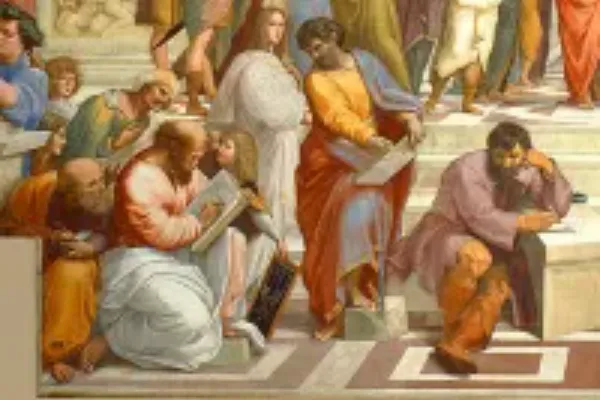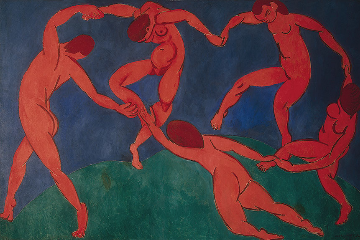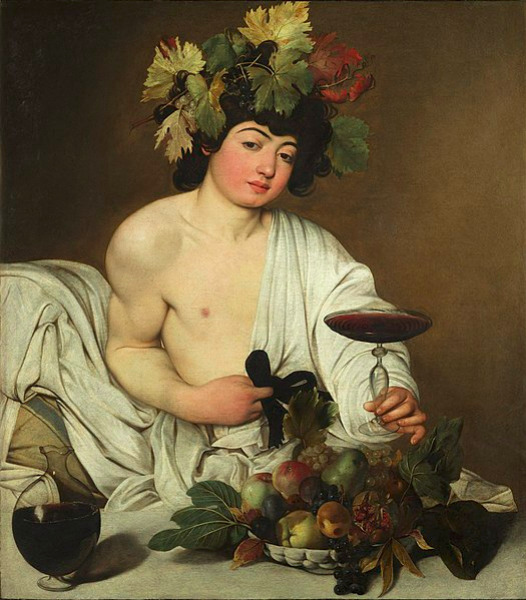WunderQuiz
The 20 most famous works of art in the world
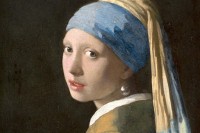
The 20 most famous works of art in the world
Immerse yourself in the fascinating world of art with this quiz devoted to the most emblematic works in history! From Leonardo da Vinci's Mona Lisa to Edvard Munch's The Scream, this quiz invites you to recognize the masterpieces that have marked the ages. Whether you're an art lover or a history buff, each question will test your knowledge of the great masters and their unforgettable creations. Are you up to the challenge?
Quiz Preview
Mona Lisa or la Joconde,
Who was it again?
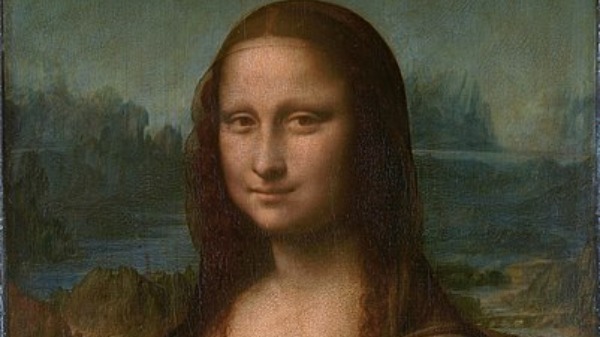
Mona Lisa, Leonardo da Vinci (c. 1503-1506)
The Mona Lisa is one of the most famous portraits in the history of art. This painting by Leonardo da Vinci is known for the model's mysterious smile, often interpreted as enigmatic. The background is a natural scene with blurred outlines, a technique called "sfumato," which lends an ethereal atmosphere. This work is admired for its mastery of light and its realistic depiction of the human figure.
The School of Athens
Who painted this one?
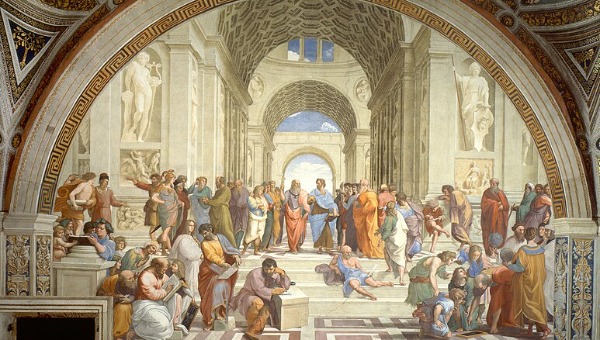
The School of Athens (Scuola di Atene), Raphael (1510-1511)
The School of Athens is a major Renaissance fresco, depicting the greatest thinkers and philosophers of Antiquity, such as Plato and Aristotle, in the center. Raphael incorporated an impressive play of perspective to create an effect of depth. The fresco celebrates classical knowledge and philosophy, symbolizing the humanist ideals of the Renaissance. Each figure is rendered with remarkable precision, adding to the realism of the scene.
The Garden of Earthly Delights,
Who was the painter again?
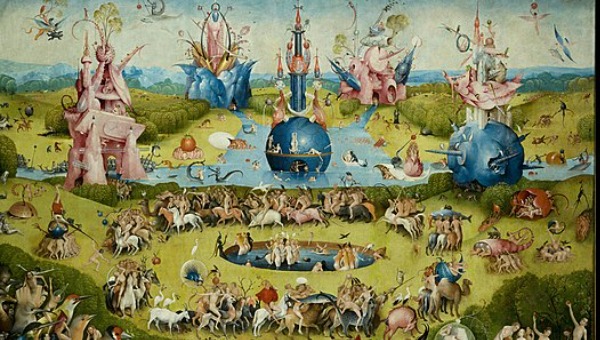
The Garden of Earthly Delights (De tuin der lusten) - Hieronymus Bosch (c. 1490-1500)
Dating from around 1490-1500, The Garden of Earthly Delights is a complex, symbolic vision of paradise, hell and human temptation. Bosch divides the triptych into three panels, exploring ephemeral pleasures and their consequences. The richness of detail invites the viewer to discover multiple scenes, often surreal and moral. This is a masterpiece of medieval symbolism, illustrating the duality of human nature.
The creation of Adam,
Who painted this one?
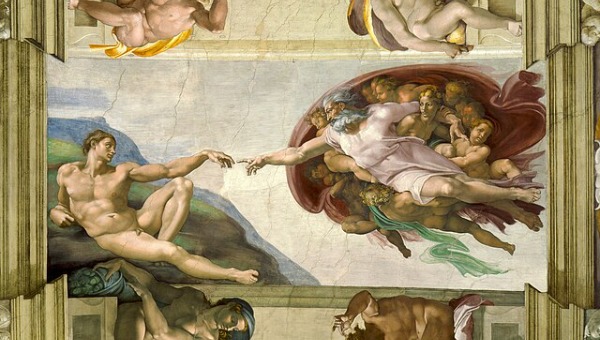
The Creation of Adam (Creazione di Adamo), Michelangelo (1512)
Painted on the ceiling of the Sistine Chapel, The Creation of Adam (Or The Creation of Man) depicts God's hand extended to breathe life into Adam. This iconic gesture symbolizes the relationship between man and the divine. Michelangelo's composition is dynamic, with muscular, expressive bodies. The vibrant colors and anatomical precision testify to his exceptional painting skills.
The Last Supper,
Who was the painter again?
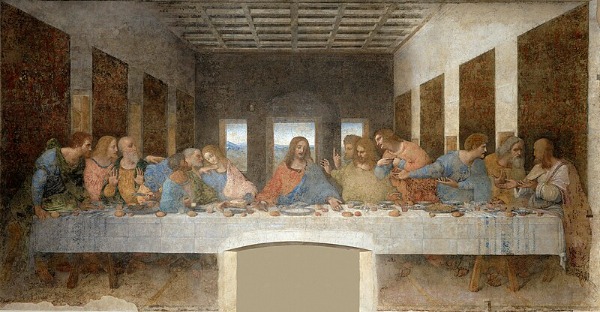
The Last Supper (L'Ultima Cena), Leonardo da Vinci (c. 1495-1498)
The Last Supper is an iconic fresco by Leonardo da Vinci, depicting Jesus' last supper with his disciples. Each apostle expresses a distinct reaction, creating a lively, emotional scene. Here, Leonardo da Vinci uses linear perspective to focus attention on Jesus, accentuating the drama of the betrayal announcement. This fresco is a technical feat and a Renaissance masterpiece.
Who painted The Sistine Madonna again?
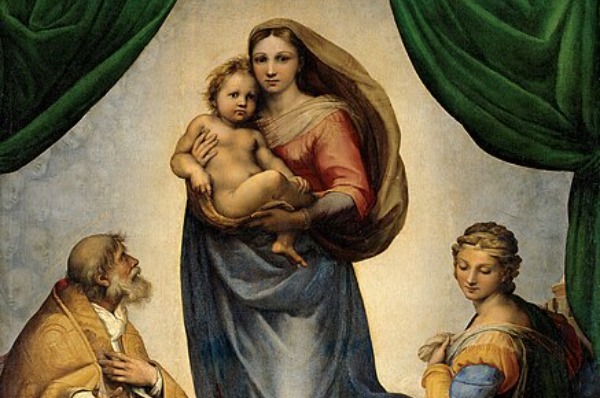
The Sistine Madonna (Madonna di San Sisto) - Raphael (1512-1513)
Executed between 1512 and 1513, The Sistine Madonna is one of Raphael's most famous religious works. This sacred painting depicts the Virgin Mary carrying the infant Jesus, framed by saints. The famous little angels at the bottom of the composition add a touch of innocence and tenderness. The Madonna, imposing and benevolent, seems to float in a celestial space, bringing comfort and inspiration.
The Birth of Venus,
Who painted this one?
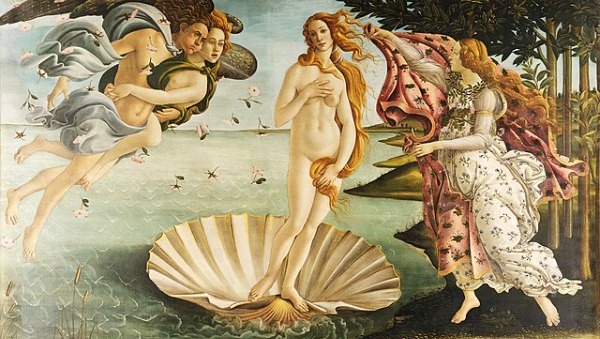
The Birth of Venus (Nascita di Venere), Sandro Botticelli (1485-1486)
The Birth of Venus depicts the goddess Venus emerging from the waves, carried by a shell, surrounded by mythological figures. This painting, of incomparable elegance and grace, embodies the Italian Renaissance ideal of beauty. Botticelli combines harmonious forms and delicate colors to celebrate the birth of love and beauty. The work is a celebration of the classicism and Greco-Roman mythology so dear to the Renaissance.
The Arnolfini Portrait
Who was the painter again?
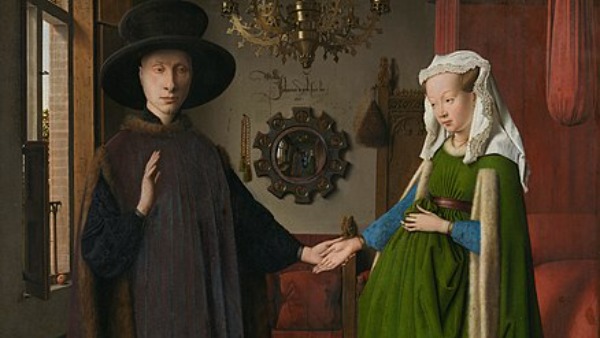
Portrait of Giovanni Arnolfini and his Wife, Jan Van Eyck (1434)
This masterpiece of Flemish painting is a meticulous depiction of the wedding of Giovanni Arnolfini and his wife. Van Eyck explores the richness of details, textures and reflections, as evidenced by the mirror at the back of the room. The painting is also famous for its symbols, such as the dog (symbol of fidelity) and the single lit candle (symbol of divine presence). The precision of the details testifies to Van Eyck's technical mastery and innovation.
The Night Watch,
Do you remember the painter?
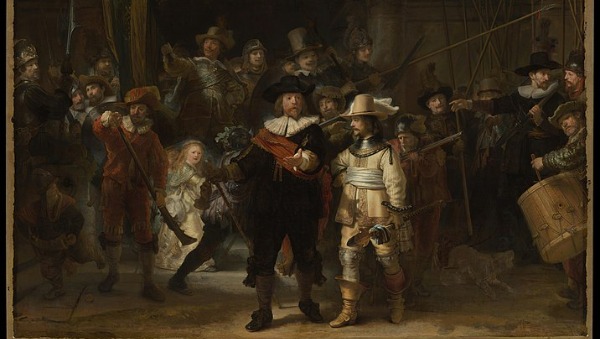
The Night Watch (De Nachtwacht), Rembrandt (1642)
La Ronde de nuit is a masterpiece by Rembrandt, depicting a group of civic guards in action. Unlike the static group portraits of the time, this work creates a sense of movement and life. Rembrandt skilfully plays with contrasts of light and shadow to draw attention to the central figures. The intricate details and dynamics of the scene testify to his mastery of lighting and composition.
Girl with a Pearl Earring,
Who painted this one?
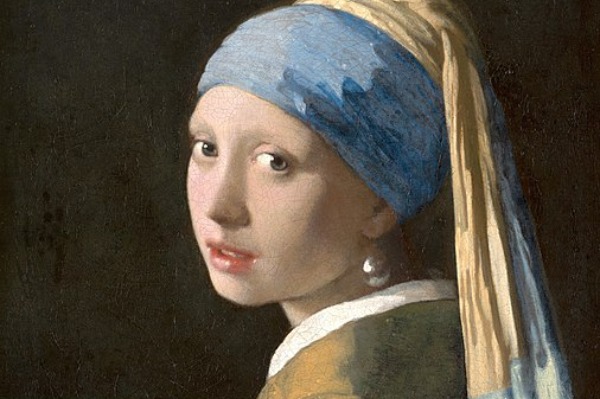
Girl with a Pearl Earring (Meisje met de parel), Johannes Vermeer (c. 1665)
The Girl with the Pearl is often called the "Mona Lisa of the North" for her gentle, mysterious expression. Vermeer delicately captures the light on the skin and the girl's famous jewel, an imposing pearl that catches the eye. The soft color palette and the figure's simple pose reinforce the intimacy and elegance of the work. This portrait expresses a timeless, intriguing beauty.
Café terrace at night,
Who painted it again?
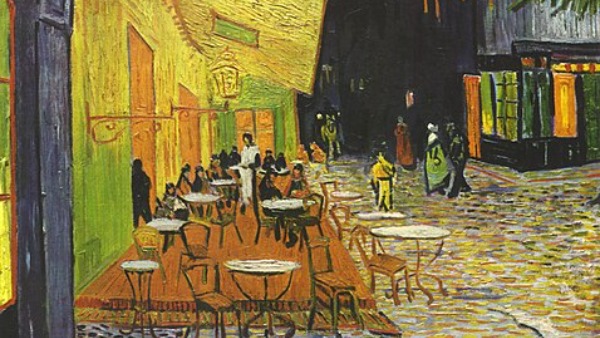
Café terrace at night (Terrasse du café le soir), Vincent van Gogh (1888)
This vibrant painting shows a café terrace lit up under a starry sky in the town of Arles. Van Gogh uses contrasting colors to enliven the night scene, with intense yellows and deep blues. The scene exudes a warm, welcoming atmosphere, inviting viewers to immerse themselves in the Provencal night. This work is a testament to Van Gogh's fascination with light and everyday life.
The Starry Night,
Who painted this one?
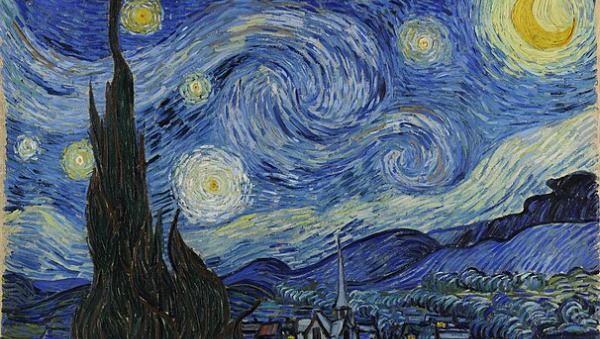
The Starry Night (La Nuit étoilée), Vincent van Gogh (1889)
Starry Night is a vibrant depiction of the night sky above Saint-Rémy-de-Provence. In a whirlwind of color and form, Van Gogh captures the mysterious, powerful energy of the stars. The dark, imposing cypress on the left adds a dramatic touch and contrasts with the bright colors of the sky. Painted from the window of his room in an asylum, the picture reflects the artist's inner turmoil, yet exudes a profound serenity.
Dance at Le moulin de la Galette,
Who was the painter?
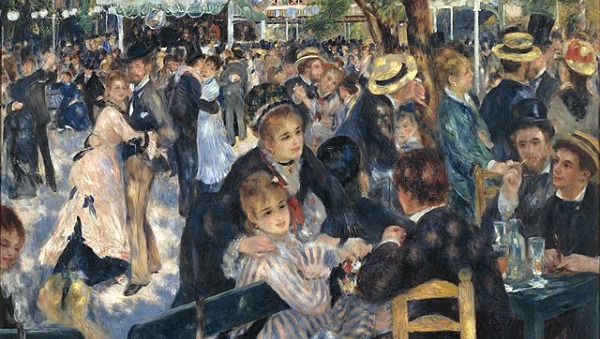
Dance at Le moulin de la Galette (Bal du moulin de la Galette) - Pierre-Auguste Renoir (1876)
Painted in 1876, Bal du moulin de la Galette represents the joie de vivre of Montmartre at the time. Renoir captures the festive, carefree crowd in an explosion of light and soft colors. The scene is bathed in natural light, reflecting the beauty of the outdoors. This masterpiece of Impressionism illustrates the spontaneity of encounters and the warmth of Parisian Sundays.
Water Lilies,
Who was the painter?
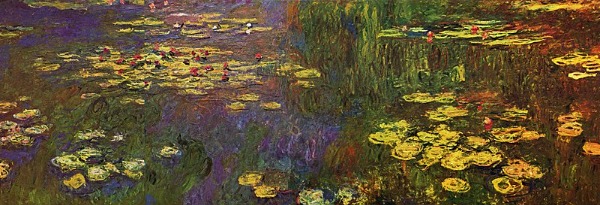
Water Lilies (Les Nymphéas), Claude Monet (1897-1926)
The Water Lilies are a series of monumental paintings by Claude Monet, inspired by his garden at Giverny. The works capture the changing beauty of water, reflections and flowers in an explosion of soft colors. Monet explores the effects of light and the seasons, making each painting unique. These abstract paintings mark a step towards Impressionism, and even modern art, with their contemplative and immersive aspect.
The Persistence of Memory,
Who was the painter?
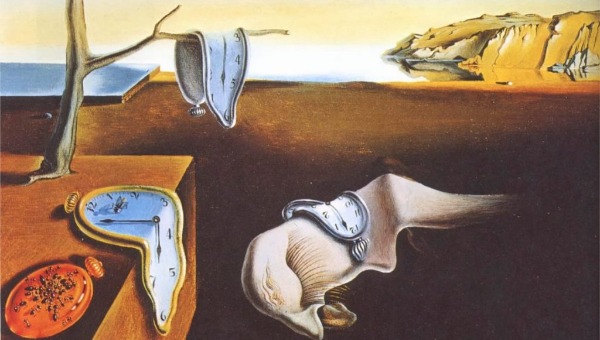
The Persistence of Memory (La persistència de la memòria), Salvador Dalí (1931)
In this surrealist painting, Salvador Dalí depicts soft, deformed watches, symbolizing the passage of time. The strange, deserted scene is reminiscent of a dream in which the laws of physics have been abolished. This famous work questions the human perception of time and reality. The desert landscape, inspired by the artist's home region of Catalonia, adds a touch of mystery and eternity to the work.
Mont Sainte-Victoire,
Who was the painter?
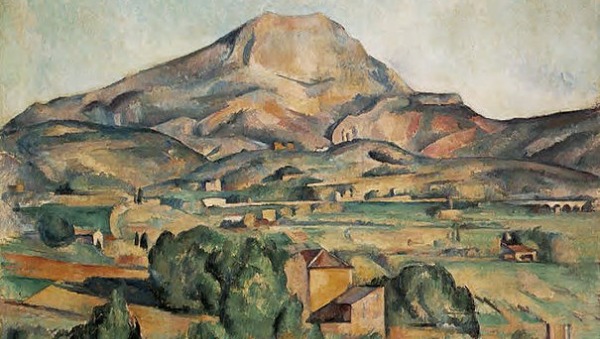
Mont Sainte-Victoire - Paul Cézanne (1902-1904)
Painted between 1902 and 1904, Mont Sainte-Victoire is one of Cézanne's emblematic views of the Provencal landscape. Using structured brushstrokes, he explores form and depth with geometric rigor. The mountain and sky blend harmoniously into a balanced composition. This painting heralds the beginnings of Cubism, and had a profound influence on modern artists.
Dance,
Who was the painter?
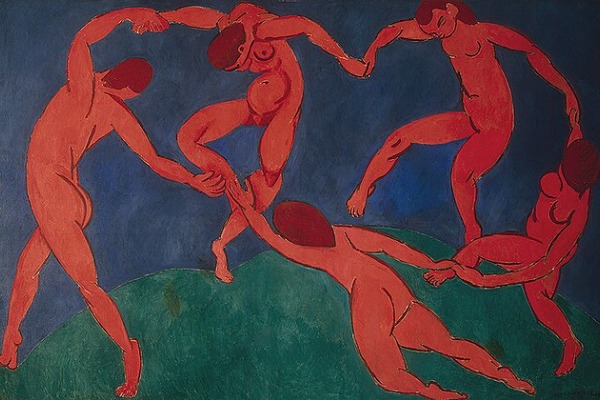
Dance (La Danse) - Henri Matisse (1910)
Created in 1910, La Danse is an ode to color and movement. Matisse simplifies human forms, rendering them almost abstract, to express a raw, collective energy. The round of dancers depicts a primitive harmony and universal connection. The intense colors - red, blue and green - symbolize vitality, offering an exalted, joyful vision of humanity.
Luncheon on the Grass,
Do you remember the painter?
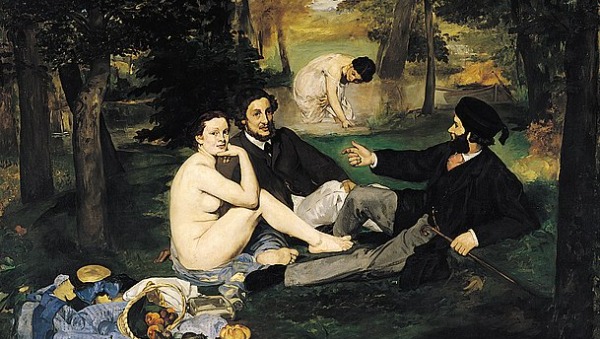
Luncheon on the Grass (Le Déjeuner sur l'herbe) - Édouard Manet (1863)
Painted in 1863, Le Déjeuner sur l'herbe shocked the public with its bold depiction of female nudity in the open air. The scene shows a nude woman having lunch with two clothed men, breaking with the conventions of the time. Manet combines realism and modernity, challenging the norms of academic painting. This painting marks the beginning of a freer, bolder art, heralding Impressionism.
Guernica,
Do you remember the painter?
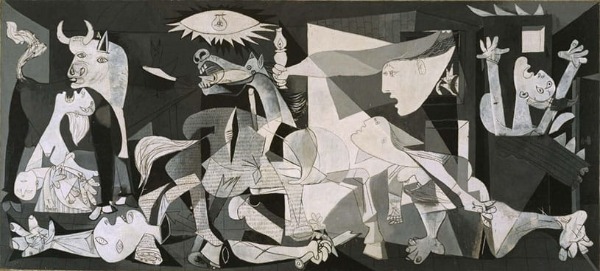
Guernica, Pablo Picasso (1937)
Created in response to the bombing of the Basque town of Guernica, Picasso's monumental work denounces the horrors of war. In black, white and gray, the painting shows figures torn apart, crying out in pain and despair. The dying horse and bull are symbols of Spain and human brutality. Guernica is both a cry of revolt and a tribute to the innocent victims of the conflict, becoming a universal emblem of peace.
Who painted this famous The Scream
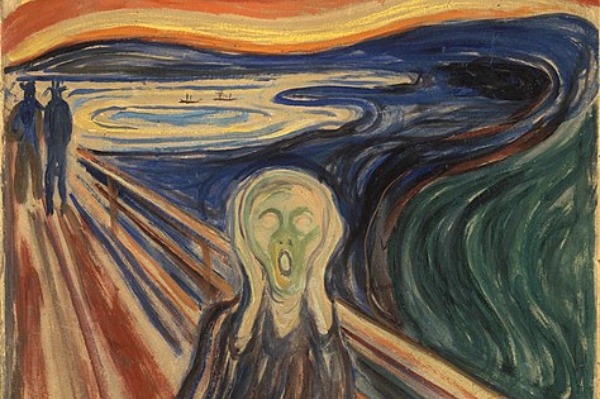
The Scream (Skrik) - Edvard Munch (1893)
The Scream, painted in 1893, is one of the most expressive works of modern art. The painting depicts a tormented figure, howling under a fiery sky, a symbol of anguish and despair. Munch uses intense colors and undulating forms to express deep emotions. Inspired by an existential crisis, The Scream is a visual manifesto of human fear in the face of solitude.
Who painted this famous The Kiss
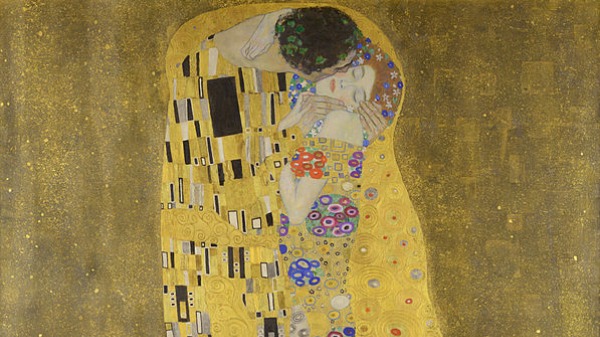
The Kiss (Der Kuss), Gustav Klimt (1907-1908)
A symbol of love and passion, The Kiss shows a couple embracing in a setting of gold and geometric shapes. The floral and ornamental motifs surrounding the figures give the work a dreamy, mysterious feel. Klimt uses golden tones and techniques inspired by Byzantine art, lending the scene a divine, timeless aura. This painting is emblematic of the artist's Art Nouveau style and "golden period".
American Gothic,
Who is the painter ?
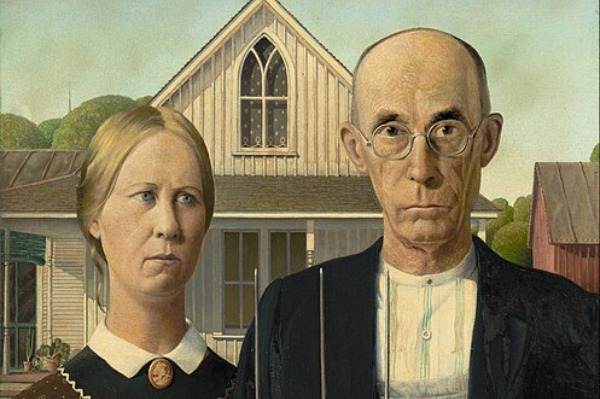
American Gothic, Grant Wood (1930)
An emblematic painting of American culture, American Gothic shows an austere couple in front of a rural house with Gothic architecture. The serious faces of the characters, inspired by the artist's father and sister, express the harshness of rural life. Grant Wood blends realism and satire, questioning the values and stereotypes of America at the time. This painting became a symbol of American identity and the Great Depression.

